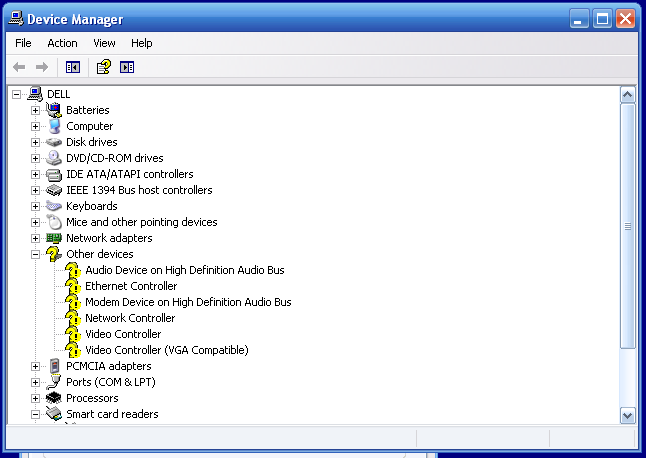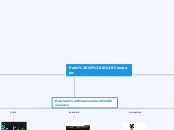Parts Of A Computer
Core
Motherboard:

the main printed circuit board (PCB)
found in computers and other
expandable systems.
CPU

A central processing unit (CPU) is the electronic circuitry within a computer that carries out the instructions of a computer program by performing the basic arithmetic, logical, control and input/output (I/O) operations specified by the instructions.
RAM

Alternatively referred to as main memory, primary memory, or system memory, Random Access Memory (RAM) is a hardware device that allows information to be stored and retrieved on a computer.
Drives

A computer drive is a piece of hardware that is used to read and store information on the computer and that is usually not as easily removed as a disk.
Cooling Devices

Active Cooling Device. Active cooling devices include pneumatic or mechanical pumps that may be battery or electric operated.
Ports, Peripherals, Expansion
Graphics Card

a printed circuit board that controls the output to a display screen.
USB

USB, short for Universal Serial Bus, is a standard type of connection for many different kinds of devices.
Ethernet

a system for connecting a number of computer systems to form a local area network, with protocols to control the passing of information and to avoid simultaneous transmission by two or more systems.
Video

the recording, reproducing, or broadcasting of moving visual images.
Audio

sound, especially when recorded, transmitted, or reproduced.
Keyboard

a panel of keys that operate a computer or typewriter.
microphone

an instrument for converting sound waves into electrical energy variations, which may then be amplified, transmitted, or recorded.
webcam

a video camera that inputs to a computer connected to the Internet, so that its images can be viewed by Internet users.
headphones

a pair of earphones typically joined by a band placed over the head, for listening to audio signals such as music or speech.
Monitor

A computer monitor is an output device which displays information in pictorial form.
Printer

a machine for printing text or pictures onto paper, especially one linked to a computer.
Operating System
Process Management

Process management is an integral part of any modern-day operating system (OS).
Memory Management

Memory management is the process of controlling and coordinating computer memory, assigning portions called blocks to various running programs to optimize overall system performance.
Device Management

Within the computer, activating and controlling the peripheral devices.
Storage Management

The administration of any or all of backup, archival, disaster recovery and hierarchical storage management (HSM) procedures within an organization.
User Interface

the means by which the user and a computer system interact, in particular the use of input devices and software.
